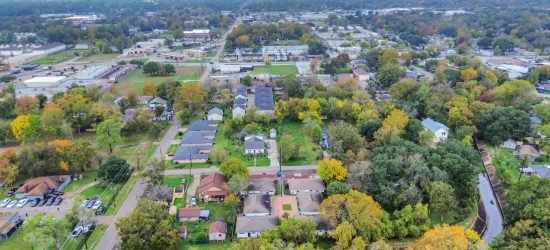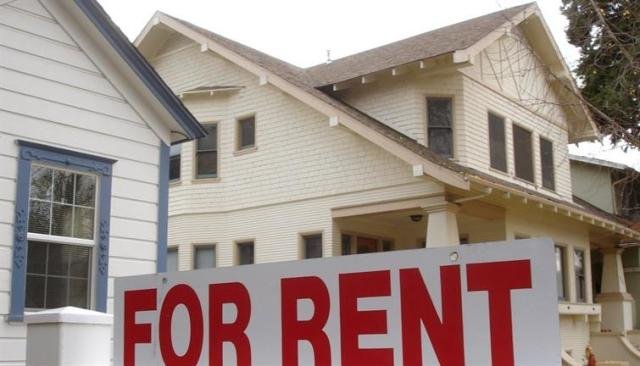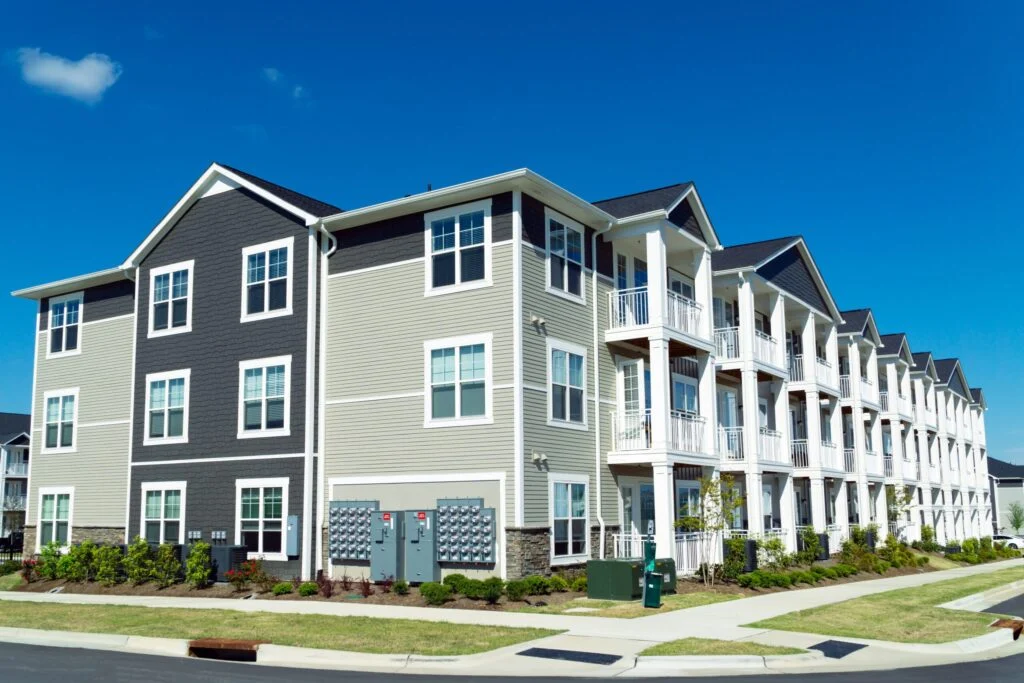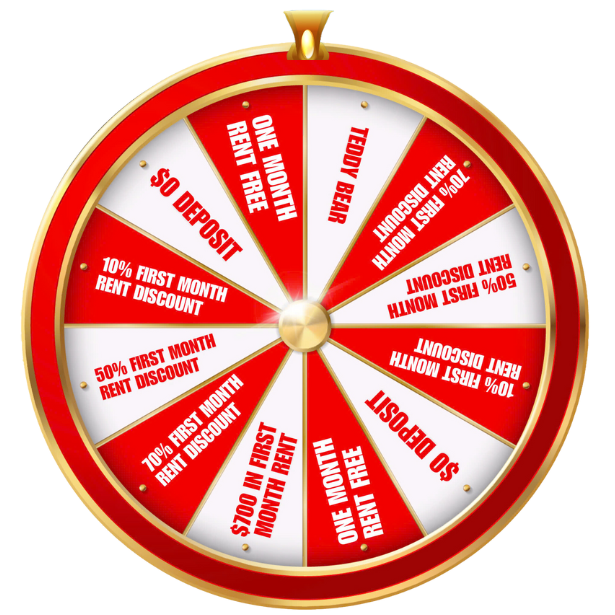Purchasing your first home is a major milestone filled with excitement and anticipation. However, it also represents a substantial financial commitment that requires careful planning and consideration. One of the most critical aspects of this process is creating a detailed budget. This guide will help you understand how to budget for buying your first home, ensuring you’re financially prepared for this significant investment.
Understanding the Costs Involved

Creating a budget for buying your first home is essential for financial stability and making an informed purchase. Follow these steps to establish a comprehensive home-buying budget:
1. Down Payment
The down payment is the initial amount paid upfront towards your home’s purchase, typically ranging from 3% to 20% of the purchase price. The exact amount depends on the mortgage type and lender requirements. A larger down payment can lower your monthly mortgage payments and potentially secure a better interest rate. When creating a budget for buying your first home, it’s essential to plan for the down payment accordingly.
Tips for Saving for a Down Payment:
- Set a Savings Goal: Determine the amount needed for a down payment and create a timeline to save this amount. Consider your current savings, income, and monthly expenses.
- Automate Your Savings: Set up automatic transfers to your savings account to ensure consistent saving efforts and avoid the temptation to spend elsewhere.
- Cut Unnecessary Expenses: Review your budget to identify non-essential spending to reduce or eliminate, such as dining out, unused subscriptions, or finding more cost-effective service alternatives.
2. Closing Costs

Closing costs cover various fees associated with finalizing your mortgage, typically ranging from 2% to 5% of the loan amount. These costs include appraisal fees, title insurance, and attorney fees. When creating a budget for buying your first home, it’s important to budget for these in addition to your down payment.
Common Closing Costs:
- Loan Origination Fees: Charged by the lender for processing your loan application.
- Appraisal Fees: Cover the cost of professionally evaluating the home’s value.
- Title Insurance: Protects against disputes over property ownership.
- Home Inspection Fees: Pay for a thorough inspection to ensure the property is in good condition.
- Property Taxes: Often a portion needs to be paid upfront at closing.
3. Moving Expenses
Moving expenses can quickly add up, varying based on the mover’s distance and the amount of belongings transported. When considering the budget for buying your first home, it’s important to account for costs such as hiring movers, renting a truck, and purchasing packing supplies. Depending on the specifics, these expenses can range from a few hundred to several thousand dollars.
Tips to Reduce Moving Costs:
- Do-It-Yourself Move: Consider renting a truck and enlisting friends and family to save on professional moving fees.
- Purge Before Moving: Sell or donate items you no longer need to reduce the number of belongings, lowering your moving costs.
- Compare Quotes: Obtain quotes from multiple moving companies to find the best deal, checking for hidden fees to avoid unexpected expenses.
4. Home Repairs and Maintenance
Your new home may require immediate repairs or upgrades, and ongoing maintenance costs are part of homeownership. When planning the budget for buying your first home, it’s wise to include provisions for unexpected repairs and routine maintenance. This will help keep your home in good condition and avoid costly surprises.
Establishing a Maintenance Fund:
- Emergency Fund: Set aside 1% to 2% of your home’s value each year for maintenance and repairs, covering unexpected issues like plumbing leaks or appliance replacements.
- Regular Inspections: Schedule regular inspections for key areas like the roof and HVAC system to detect potential problems early, saving money in the long run.
5. Utility and Homeownership Costs
Homeownership includes ongoing expenses like utilities, homeowners insurance, property taxes, and possibly homeowners association (HOA) fees. When considering the budget for buying your first home, it’s important to account for these costs, which can vary significantly based on your home’s location, size, and condition.
Planning for Ongoing Expenses:
- Utility Bills: Estimate costs for electricity, water, gas, and trash removal based on your home’s size and location, accounting for seasonal variations.
- Homeowners Insurance: Shop for the best rates and coverage options, ensuring your policy protects your home and belongings.
- Property Taxes: Research local property tax rates to understand your annual obligations, which can vary widely.
- HOA Fees: If applicable, find out the costs associated with community amenities and services provided by your homeowners association.
By thoroughly understanding and planning for these costs, you can make a more informed decision about purchasing a home and ensure that you are financially prepared for homeownership responsibilities. Proper planning will help you stick to your budget for buying your first home and provide peace of mind as you embark on this exciting journey.
Steps to Create a Home Buying Budget

By following these steps, you can create a solid budget for buying your first home, ensuring that you are financially prepared for the responsibilities of homeownership. This preparation will provide peace of mind and help you make a confident, informed decision when purchasing your first home.
Step 1: Assess Your Financial Situation
Before you start house hunting, take a close look at your financial situation. Calculate your income, expenses, debts, and savings to understand what you can afford.
Key Financial Metrics to Consider:
- Debt-to-Income Ratio (DTI): Lenders typically prefer a DTI of 36% or less.
- Credit Score: A higher credit score can qualify you for better mortgage rates.
- Savings: Ensure you have enough savings for the down payment, closing costs, and an emergency fund.
Step 2: Determine Your Home-Buying Budget
When planning the budget for buying your first home, use a home affordability calculator to estimate how much you can afford to spend. This tool considers your income, debt, down payment, and other financial factors to give you a realistic budget range.
Step 3: Get Pre-Approved for a Mortgage

Getting pre-approved for a mortgage gives you a clear picture of how much a lender is willing to loan you. It also shows sellers that you’re a serious buyer.
Documents Needed for Pre-Approval:
- Proof of income: Pay stubs, tax returns, and W-2 forms.
- Credit report: Lenders will check your credit history.
- Asset statements: Bank statements and investment account information.
Step 4: Factor in Additional Costs
In addition to the down payment and mortgage, factor in other costs such as closing costs, moving expenses, and home maintenance. This comprehensive approach ensures you won’t be caught off guard by unexpected expenses and helps you budget for buying your first home more accurately.
Step 5: Stick to Your Budget
Once you’ve determined your budget, it’s crucial to stick to it. Avoid the temptation to stretch your budget for a home that’s beyond your means. Staying within your budget ensures financial stability and reduces stress.
Tips for Staying on Budget

- Prioritize Your Needs and Wants
Make a list of your must-haves and nice-to-haves when planning the budget for buying your first home. Prioritize homes that meet your essential criteria without exceeding your budget.
- Be Flexible
While it’s important to have a wish list, being flexible can help you find a home that meets your needs and fits your budget. Consider different neighborhoods, home sizes, and property types.
- Negotiate with Sellers
Don’t be afraid to negotiate the purchase price, closing costs, or repairs with the seller. A successful negotiation can save you thousands of dollars.
- Consider First-Time Homebuyer Programs
Look into federal, state, and local programs designed to assist first-time homebuyers. These programs can offer grants, low-interest loans, and other financial assistance to make homeownership more affordable.
Conclusion
Budget for buying your first home is a critical step in the home-buying process. By understanding the various costs involved, assessing your financial situation, and creating a detailed budget, you can make informed decisions and achieve your dream of homeownership without financial strain. Remember to stay disciplined, be flexible, and take advantage of available resources to ensure a smooth and successful home-buying experience.










